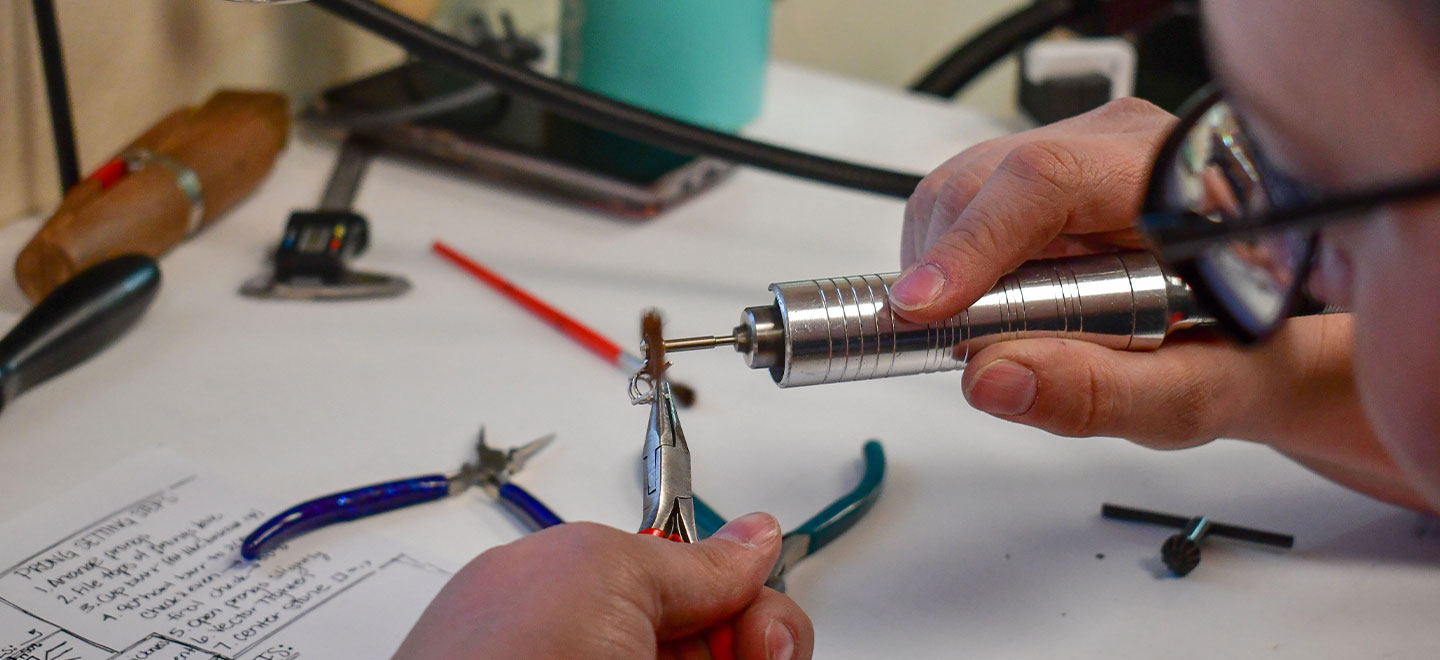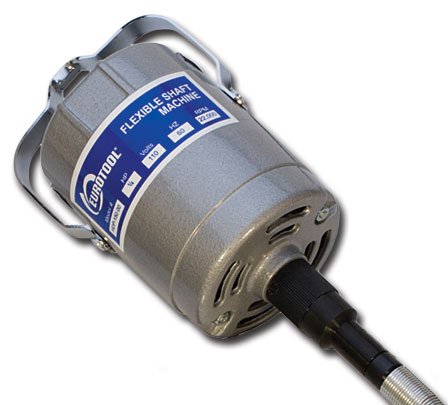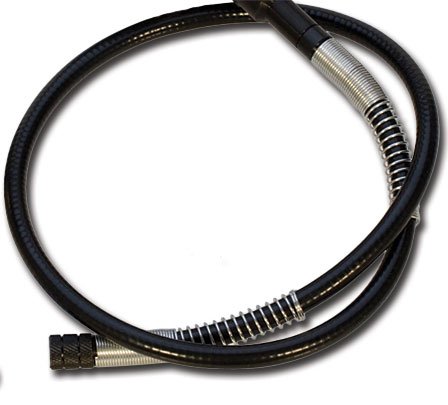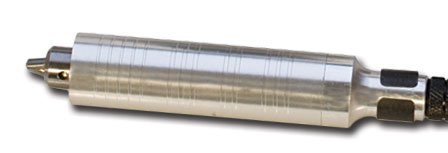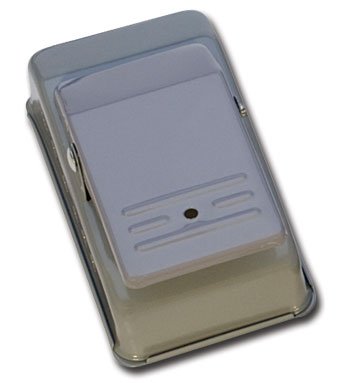Learn about the amazing jeweler's flex shaft and all the things it can do in your studio.
Beginning jewelers hear the term "flex shaft" thrown around all the time. What is a flex shaft? What does it do? Why does it seem to have a thousand possible attachments? It can all be very intimidating for a new metalsmith looking to expand their bench set-up.
What is a Jeweler's Flex Shaft
The system commonly referred to as a Flex Shaft in the jewelry industry is really a power rotary tool. Power rotaries are used in many industries on various materials ranging from wood to plastic and all types of metals. Dremel tools in woodworker shops are similar to Flex Shafts. The tool system is a simple rotary motor that has a handpiece that can handle many different attachments. The user holds the handpiece with the desired attachment tip and operates the motor with a foot pedal.
Get to know the flex shaft system
Motor - The motor unit usually hangs from a rack on the wall or directly on the jeweler's bench. You should not need to touch the motor so it just needs to be out of the way.
Flexible shaft - A flexible cable extends from the motor for several feet to reach the work area and allow work from any angle.
Handpiece - The handpiece is a metal segment at the end of the flexible shaft. This is the part of the tool that the user holds in their dominant hand to work on jewelry. The handpiece has a gripping mechanism on the tip that will firmly grasp a huge variety of tips, burs, accessories, wheels, etc.
Chuck key- The chuck key is a small device that is used to open and tighten the gripping mechanism in the handpiece. It allows the user to quickly and easily exchange accessories. Don't lose it!
Foot pedal - The user sits at their bench holding the handpiece and uses the foot pedal to start the motor. When the foot pedal is pressed the motor will rapidly spin the accessory held in the tip of the handpiece. The next section will describe tasks this set up allows.
What can you do with a jeweler's flex shaft?
Drilling - One of the easiest tasks to imagine is using the flex shaft to create a power drill. You can use tiny drill bit attachments to pierce holes into jewelry metals. Be sure to have a block of scrap wood under any metal you are drilling. Some jewelers do not mind drilling holes into their bench pins. Do not drill directly on your tabletop, bench block, or anvil, you will damage them.
Finishing - Burs are small attachment heads used with a flex shaft. They are typically made of carbide steel or other very hard materials. They are used to grind, shape, cut or texture metal. There are burs for every conceivable task. You can also use a variety of sandpaper type attachments to sand metal in a fraction of the time it takes to do so manually.
Polishing - Use flex shaft polishing heads made of felt or silicone; or, chose small buffing wheel attachments to polish metals. Spin your polishing head directly on your silver polishing compound and then set to work on polishing your finished jewelry piece.
Stone Setting - Many burs are designed to aid in setting stones and fabricating settings in different types of jewelry.
Wax shaping - Wax carving burs help jewelers sculpt wax models for various casting techniques.
The ultimate time-saver
In short, a jeweler's flex shaft put to good use can shave hours off jewelry fabricating times. Imagine whizzing through many of the routine tasks in metalsmithing such as sanding and polishing. Then consider the creative opportunities this amazing tool can offer.
A basic jeweler's flex shaft system costs about $90. This does not include any burs or attachments. Consider that if the set-up saves you nine hours or less in labor you have broken even on the purchase. This is one of the most inexpensive ways to dramatically increase your productivity in the studio.
Caring for your flex shaft
Continue Reading:
Flex Shaft Attachments for Finishing
Subscribe to our weekly articles about your jewelry studio and don't miss these related articles from the archives:
Halstead is one of North America's leading distributors of quality jewelry supplies. The firm is celebrating its 46th anniversary this year. Halstead specializes in wholesale findings, chain, and metals for jewelry artists.
Got questions? Email our studio coordinator Erica Stice at [email protected]. We'd love to hear from you. Sorry, studio support is not available by phone. Emails only, please.




